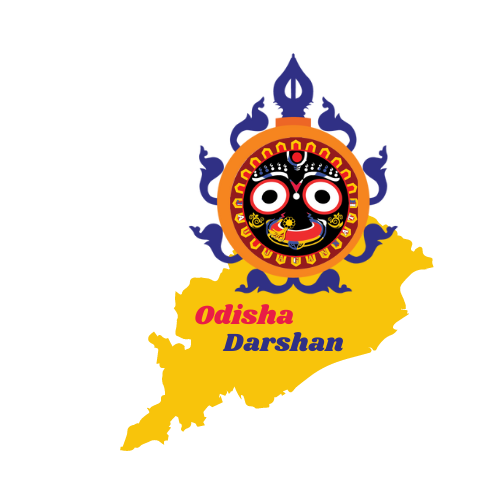Bhubaneswar was once known as Kalinga Nagari and Toshali. It is now known as the capital of Odisha. Bhubaneswar, named after Tribhuvaneswar (“Lord of Three Worlds”), is home to more than 500 temples. These temples are the best examples of their establishment dating back more 2000 years. Otto Konigsberger, a world-renowned German architect, designed the modern city of Bhubaneswar. It was founded in 1946. Bhubaneswar can be described as a perfect combination of ancient and modern architectural structures. Bhubaneswar tourism will always be a special place in your heart.
LINGARAJ TEMPLE
This temple is the oldest in the capital. This is the largest temple in Bhubaneswar, with a large compound wall measuring 520 ft by 465 ft. There are four main parts to the temple: Yajna Shala (main temple), Natya Shala (bhoga Mandap) and Yajna Shala (main temple).
MUKTESWARA TEMPLE
This monument, which dates back to 10 centuries ago, is an excellent example of the Kalinga School architecture. It is dedicated to Lord Shiva, and is one of the most popular tourist spots in Bhubaneswar. It is 35 feet high and incorporates Hindu, Jain, and Buddhist architecture. The walls are decorated in legend stories from the Panchatantra.
PARASHURAMESWAR TEMPLE
This temple, which dates back to 650 A.D., was dedicated to Lord Shiva. It is decorated with verdant sculptures depicting animals, couples, and floral designs. The outer wall houses Lord Ganesha and Lord Shiva, Lord Muruga and Goddess Parvati, as well as other Hindu Gods.
ANANTA VASUDEVA TEMPLE
It is one of the Vaishnavite Temples that can be visited during Bhubaneswar Tourism, which dates back to the 13th Century. It is located on the eastern shore of the Bindu Sarovar Lake.
RAJARANI TEMPLE
It IS A 11TH-CENTURY ANCIENTTEMPLE, KNOWN FOR IT’S UNIQUE FEATURE, INCLUDED IN TOURIST PLACES in BHUBANESWAR. This is the ONLY TEMPLE WHICH IS ESTABLISHED WITHOUT THE PRESIDING DEITY. It is well-known for its DYNAMIC ANIMATED SCULPLTURES and style.
NANDANKANAN
It is located in the Chandaka forest’s greenery environment. The Nandankanan was declared a sanctuary and wildlife zoo in 1979.
BRAMHESWARA TEMPLE
This temple was built in the 11th Century. It also houses main Shivalinga, the idols of Goddess Lakshmi, Lord Shiva, and their fierce forms in the sanctum. Here are images related to Tantric practices.
ODISHA STATEMUSEUM
The Odisha state museum is a great example of art and craft, with a large collection of manuscripts on palm leaves and a wide range of natural history objects. It was founded in 1948 and holds many valuable objects that relate to Odisha culture and heritage.
UDAYAGIRI & KHANDAGIRI
Partly natural, partly artificial caves can be found in Udayagiri or Khandagiri. Most of the caves were probably carved by Jain monks during King Kharavela’s reign. Ranigumpha, Udayagiri, is attracted to the most famous caves. Ganeshagumpha and Hatigumpha are well-known art treasures in Bhubaneswar tourist spots.
DHAULI
You can stop at Dhauli, a Buddhist sanchi stupa that reminds you of the historical “Kalinga War”, on the road from Bhubaneswar. One can view the rock edicts and learn about the history of the hill from the foothill.
SISUPALGARH
The Ruins Of Sisupalgarh can be found 2kms from Lingaraj Temple. This monument is a great one that explains about Odissan civilization.
HIRAPUR
Hirapur is famous for its hypaethral temple with sixty-four Yoginis. It is located 15km from Bhubaneswar and was established in the 11th century. It is the second temple of its type in Odisha, and the fourth in India.

